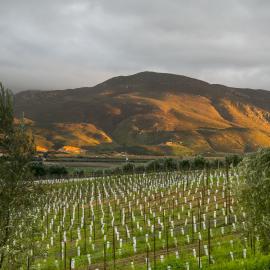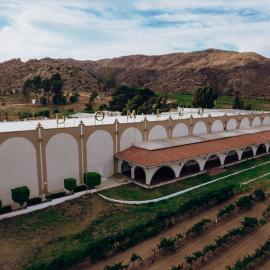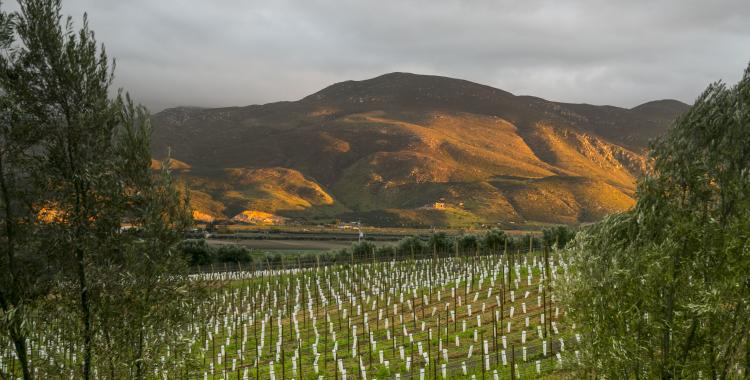
A very singular vineyard
The Casa Pedro Domecq winery in Valle de Guadalupe celebrates 50 years this 2022. As a matter of fact it was the first great winery in the region. So all the same it encloses one of the rarities of the zone just in front of it.
Viñas Viejas
It’s very uncommon to fin in Mexico vineyards of 50 years. Domecq Wineries has them and is just in front of the cellar. It’s normal, when it was built in 1972, at the same time planting vines at its foot (that is to say in its own roots without rootstock). Today those vines are 50 years of age.
What do we find in this small vineyard of old vines?
Just one plant: Cabernet Sauvignon
From this vineyard of just one acre not many grapes come forth and less yielding. So we have to choose very well their destination
But before. What do old vines provide to wine?
When writing old vines in the labels of wine it indicates that it comes from vines that are notably elderly.
The vines of grape can produce fruit after four years, but that’s from the start point of the seven that produce suitable wine grapes.
The plant may grow for over one hundred twenty years, however, after twenty years, the vines start producing smaller harvests and the average yield diminishes, which gives us more concentrated and intense wines.
There exists the general belief that the older vines, when are adequately managed, will provide a better wine. However, there isn’t a legal definition or a general agreement for the term old vines.
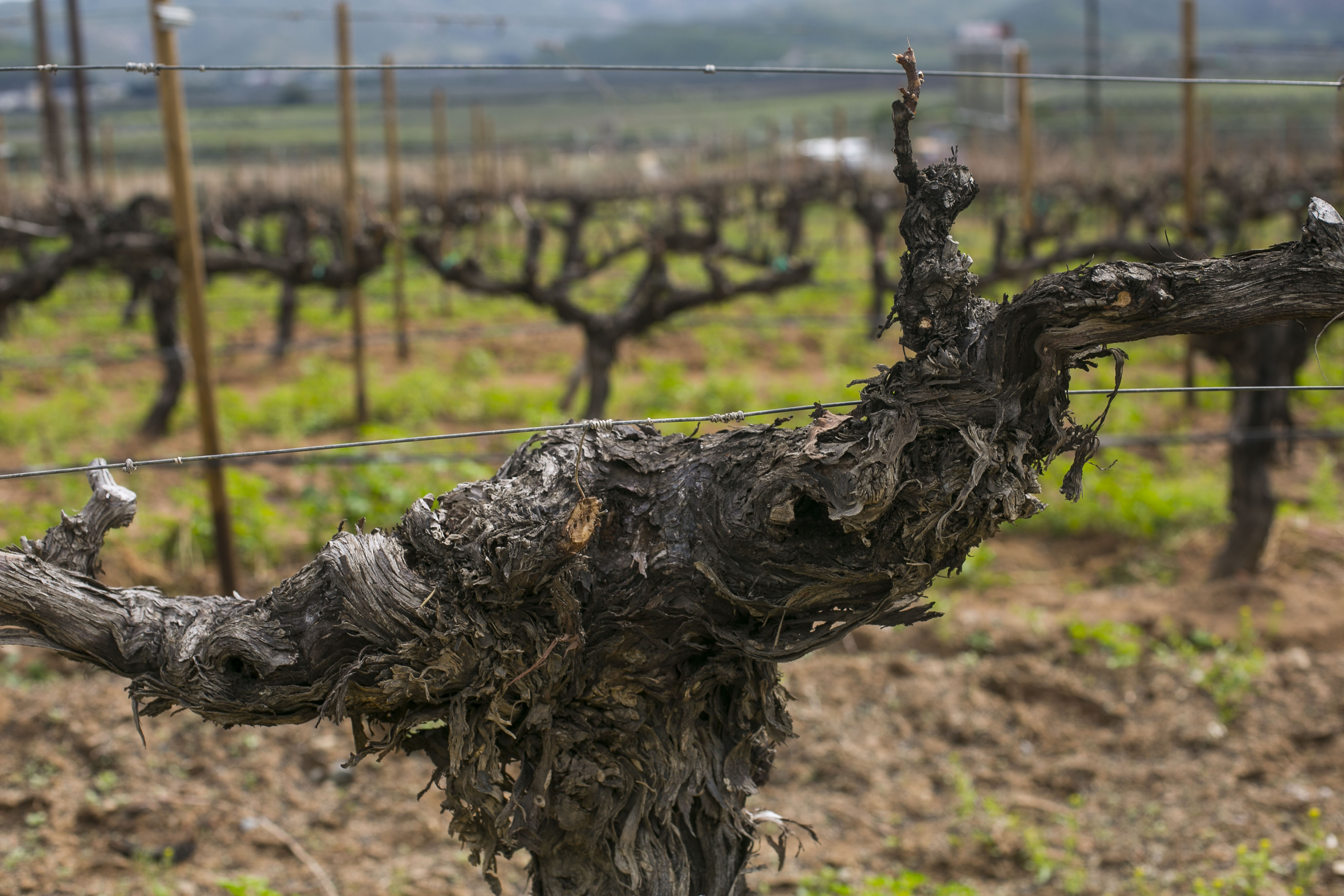
A singular vineyard for unique wines
These concentrated grapes, full of history go to a unique wine, which is Vasija. Besides being the name of the wine it’s a wine made in vasijas (clay vessels); but not any vasija.
Clay vessels from the XVI century originated in Castilla La Mancha, Spain; these treasures, were formerly utilized to make wine in an ancestral manner, as a matter of fact, they’re still used as similar containers as in the country of Georgia cradle of wine, and currently being retaken in Europe, where these techniques are being rediscovered. This method involves placing all the crushed grapes (anciently by foot and hand) in the “vasija”. Covering the coating made with grape peels with a layer of olive oil (today using glass tops) and letting nature transform the wine.
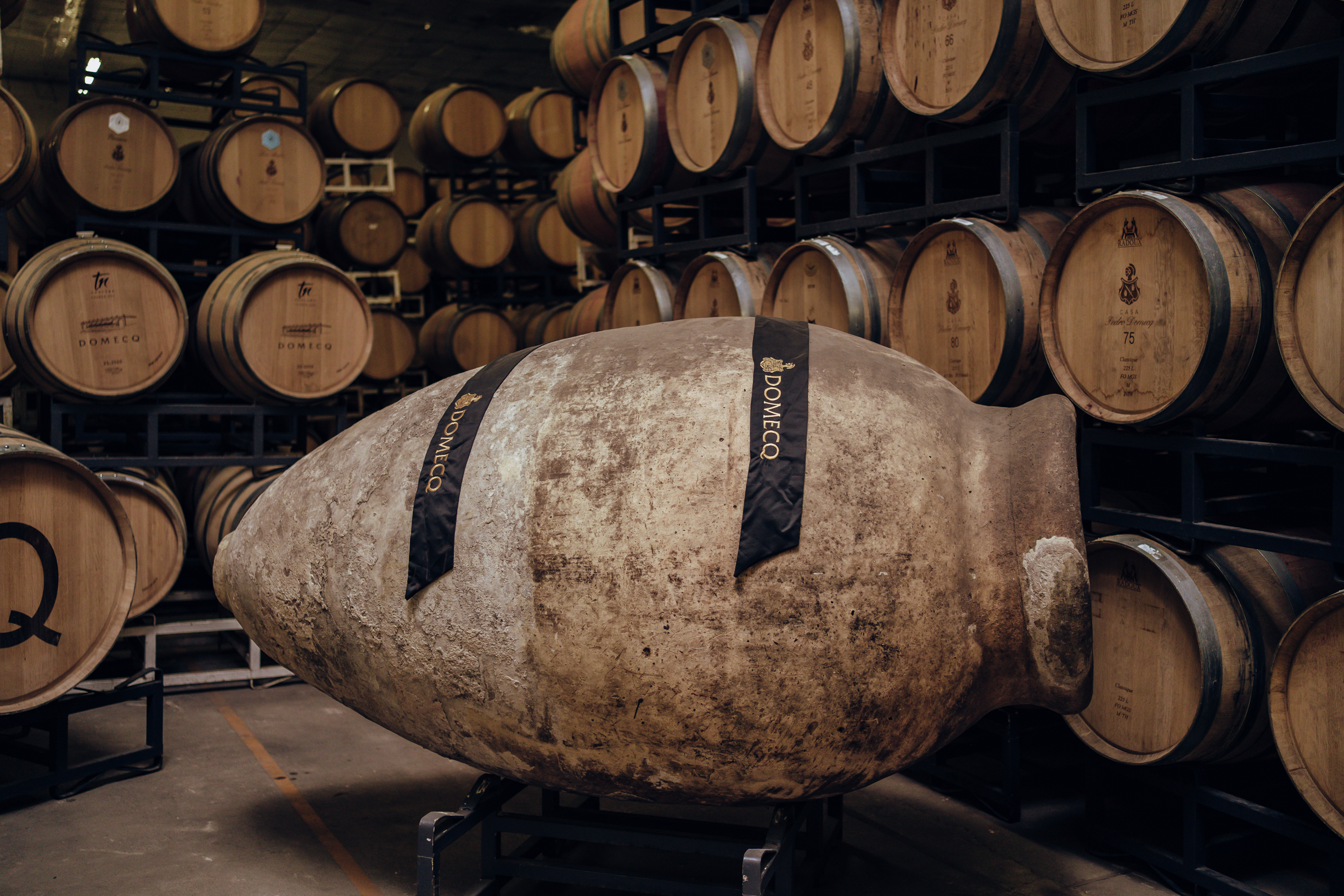
With the advancement of technology, these vessels became obsolete and became part of the journey of our wonderful wineries. But in the process of innovation, of vanguard and enological archeology, Alberto decided to rescue this treasure to reinvent the tradition.
What occurs inside a “vasija” is surprising, between the dynamic of fluids, the crash of yeasts and porosity (that provides oxygen to the wine). Our Cabernet Sauvignon from our 50-year-old vines spends 8 months inside the vessel. Eight months in which Alberto our enologist daily, revises, analyses in manual fashion waiting the ideal moment in which the wine will be ready. Once that the yeasts have done their work and Alberto considers the wine to have special qualities, this will end its “crianza” with fourteen months in barrels of French oak.
A unique process, a singular vineyard, few bottles (nine hundred per harvest): You’re still in time to find the last bottles in the online Casa Pedro Domecq shop:


